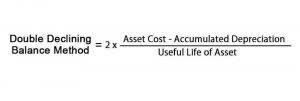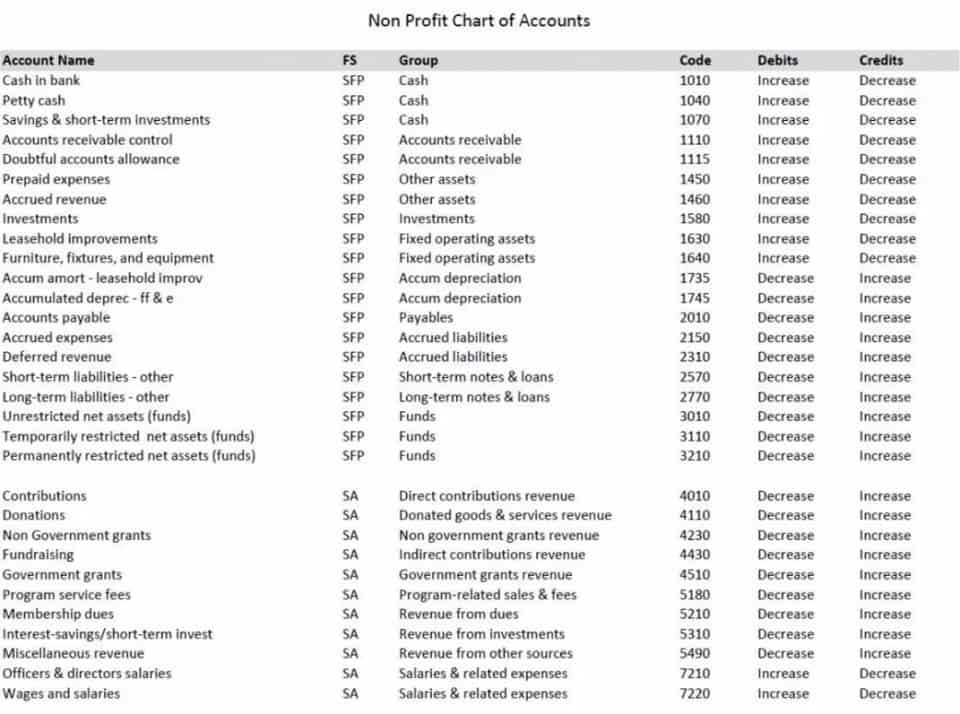
It is a crucial component of discounted valuation analysis, which determines a company’s present value by dividing predicted future cash flows by the expected rate of return on Equity and debt. Hence, the cost of debt is NOT the nominal interest rate, but rather the yield on the company’s long-term debt instruments. The nominal interest rate on debt is a historical figure, whereas the yield can be calculated on a current basis.
- Under SAVE, this borrower would pay $0 per month for the first two years, and under $20 per month for the next eight years before their debt is forgiven at year 10.
- In the case of cost of debt, it should be looked at with cost of equity to get a more accurate picture of the company’s capital structure.
- Apart from the yield to maturity approach and bond-rating approach, current yield and coupon rate (nominal yield) can also be used to estimate cost of debt but they are not the preferred methods.
- Most of the 2017 Trump tax cuts will expire in 2025, forcing lawmakers to decide whether to renew them and, if so, how to pay for them.
- A financial forecast tries to predict what your business will look like (financially) in the future—which is key for uncertain, economic times.
- This model looks into the relationship between systematic risk and expected return on assets, specifically stocks.
Impact of Taxes on Cost of Debt
By calculating the after-tax cost of debt, businesses can better understand the true cost of borrowing and make more informed decisions about their financing options. The cost of debt refers to the average cost of borrowing for a business. In other words, when companies borrow money, they’re obligated to pay a certain interest rate over the course of the loan term, much like an individual loan. Companies with outstanding bonds and loans pay ongoing interest to various lenders, and that interest expense translates to the dollar cost of debt over a particular time period.
Self-driving cars ‘generally’ safer, but more at risk of accidents at dusk and dawn
In conclusion, the cost of debt plays a significant role in valuation by impacting both discounted cash flow analysis and enterprise value calculations. Understanding its implications can help investors make better-informed decisions when valuing companies and assessing the attractiveness of potential investment opportunities. When estimating the enterprise value using DCF analysis, a lower after-tax cost of debt can lead to a lower WACC, which in turn results in a higher present value for future cash flows. This higher present value implies an increased estimated enterprise value for the company. This formula calculates the blended average interest rate paid by a company on all its debt obligations in percentage form. The most crucial point is that the company should be aware of the equity and cost of debt.
Pre-Tax Cost of Debt Formula
As mentioned above, cost of equity (also called return on equity) comes from shareholders. The distinguishing feature of this debt is that, while it does not need to be repaid, it comes with an expectation that investors will receive a return on their investment. This will either come by an increase in share price and/or through a regular and hopefully rising, dividend payment.
- Companies can acquire money through Equity or debt, with the majority preferring a combination of the two.
- For example, if you borrow a certain amount of money from someone on the condition that you repay it at a later date, usually with interest, a debt-based financial arrangement is created.
- You won’t pay much in total interest over the life of the loan, so the cost of debt will be low.
- This is because interest expense is tax-deductible, which means that the after-tax cost of debt is typically lower than the before-tax cost of debt.seo inflatable website design
Rate of return
Fluctuating interest rates, intricately tied to market dynamics, exert immediate and profound effects on borrowing costs. During economic upswings, central banks often implement tighter monetary policies, resulting in upward adjustments to interest rates. In essence, it represents the price a company pays for utilizing external financing to fuel its operations, expansion, or other financial endeavors. In an empty cell, type in the formula for cost of debt or before-tax cost of debt. Follow the steps below to calculate the cost of debt using Microsoft Excel or Google Sheets.

Comparative Analysis of Financing
There is no lending risk as long as the company can handle its operations and generate the money required to pay back to shareholders or bondholders. Figuring out how much a business is paying for its debt is an excellent way to determine how risky a company is and how well it can handle other credit and loans without downgrading its credit health. Financial analysts or investors could determine the company’s risk level by looking at the cost of its debts compared with other companies in the same field.

Cost of debt is repaid monthly through interest payments, while cost of equity is repaid through returns, such as dividends. In other words, cost of debt is the total cost of the interest you pay on all your loans. But you don’t have to be a hedge fund manager or bank to calculate your company’s cost of debt. Businesses calculate their cost of debt to gain insight into how much of a burden their debts are putting on their business and whether or not it’s safe to take on any more.

The estimated $4.6 trillion cost of extending expiring portions of Trump’s 2017 tax cuts isn’t dampening Republican enthusiasm for renewal next year. Many simply reject cost projections, asserting that tax cuts cost of debt pay for themselves through economic gains. The prospect of a fresh round of tax cuts next year is helping Donald Trump woo Wall Street donors but threatens to add trillions of dollars to the national debt.
Cost of Debt and Cost of Capital
Ultimately, it’s about finding the right balance between equity capital and debt capital that best suits your business needs. The cost of debt, at its core, represents the effective interest rate a company effectively pays on its borrowings. Whether through bank business loans, bonds, or other financial instruments, this cost can impact a company’s profitability and financial flexibility. The cost of debt you just calculated is also your weighted average interest rate.
Importance As a Risk Signal
In the next section, you have examples of how to calculate the before-tax and after-tax https://www.bookstime.com/ using spreadsheet software. The broader economic environment and prevailing market conditions are dynamic elements influencing the cost of debt. Interest rate is the periodic percentage of the principal (the loan amount) you owe to your debt holders. This rate can be fixed, variable, or hybrid, depending on your agreement.

Add Comment